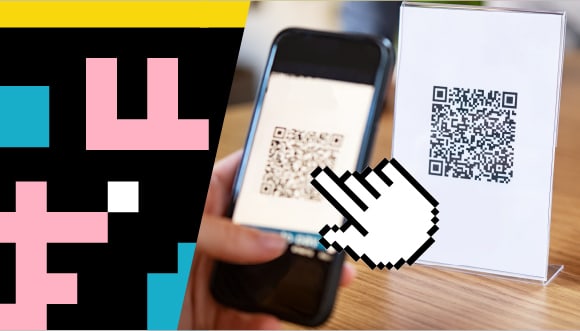The integration of Quick Response (QR) codes in government services marks a significant step towards modernization and efficiency. QR codes have proven to be versatile tools that bridge the gap between physical and digital domains, offering an array of benefits for both governments and citizens. This article delves into how QR codes are enhancing public services, streamlining processes, and fostering a more connected and accessible government.
- Contactless Access to Information:
QR codes play a pivotal role in providing citizens with easy and contactless access to information. Government agencies can incorporate QR codes on public signage, brochures, and official documents, allowing citizens to quickly access relevant details using their smartphones. This promotes transparency and ensures that the public can access critical information without the need for physical documents.
- Efficient Government Transactions:
Government transactions often involve a multitude of paperwork and complex processes. QR codes simplify these transactions by enabling citizens to complete forms and submissions digitally. From license renewals to tax filings, citizens can scan QR codes to access online portals, reducing the need for physical visits to government offices and expediting the processing of documents.
- Public Health Initiatives:
Especially relevant in the context of public health, QR codes have been instrumental in government initiatives. During the COVID-19 pandemic, QR codes were widely used for contact tracing, allowing individuals to check in at public spaces using their smartphones. This not only helped in tracking potential exposures but also demonstrated the agility of QR codes in addressing pressing public health concerns.
- Secure and Efficient Identification:
QR codes enhance the security and efficiency of identification processes. Government-issued IDs, permits, and licenses can incorporate QR codes that store encrypted information. This not only reduces the risk of fraud but also provides a quick and reliable method for authorities to verify the authenticity of documents during inspections or checkpoints.
- E-Government Services:
The concept of e-government is evolving with the integration of QR codes. Citizens can access a wide range of government services through QR codes, including applying for permits, checking eligibility for social programs, and participating in public consultations. This shift towards e-government services not only simplifies citizen interactions but also contributes to the overall digitization of government operations.
- Enhanced Civic Engagement:
QR codes facilitate enhanced civic engagement by connecting citizens with government initiatives and services. Town hall meetings, community events, and public forums can utilize QR codes to provide instant access to agendas, background materials, and feedback forms. This inclusivity fosters a sense of community involvement and ensures that citizens are well-informed and engaged in decision-making processes.
- Tourism and Cultural Heritage:
Governments can leverage QR codes to enhance tourism experiences and promote cultural heritage. Historical sites, museums, and public spaces can feature QR codes that provide visitors with detailed information, audio guides, and multimedia content. This not only enriches the visitor experience but also promotes the preservation and appreciation of cultural assets.
Conclusion:
QR codes in government services represent a paradigm shift towards a more accessible, transparent, and efficient public sector. From simplifying transactions to fostering civic engagement and enhancing public health initiatives, the applications are diverse and impactful. As governments worldwide continue to embrace digital transformation, QR codes stand as a symbol of innovation, connecting citizens with their government in ways that are both seamless and empowering. The future holds exciting possibilities as QR codes continue to evolve and redefine the landscape of public services.

